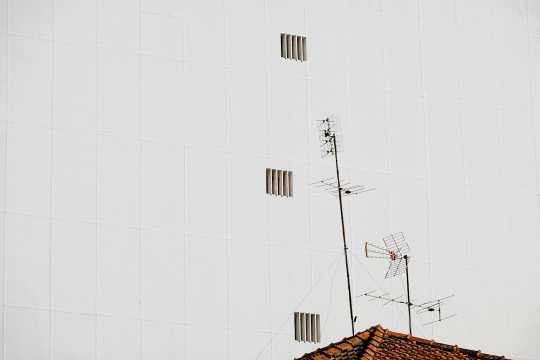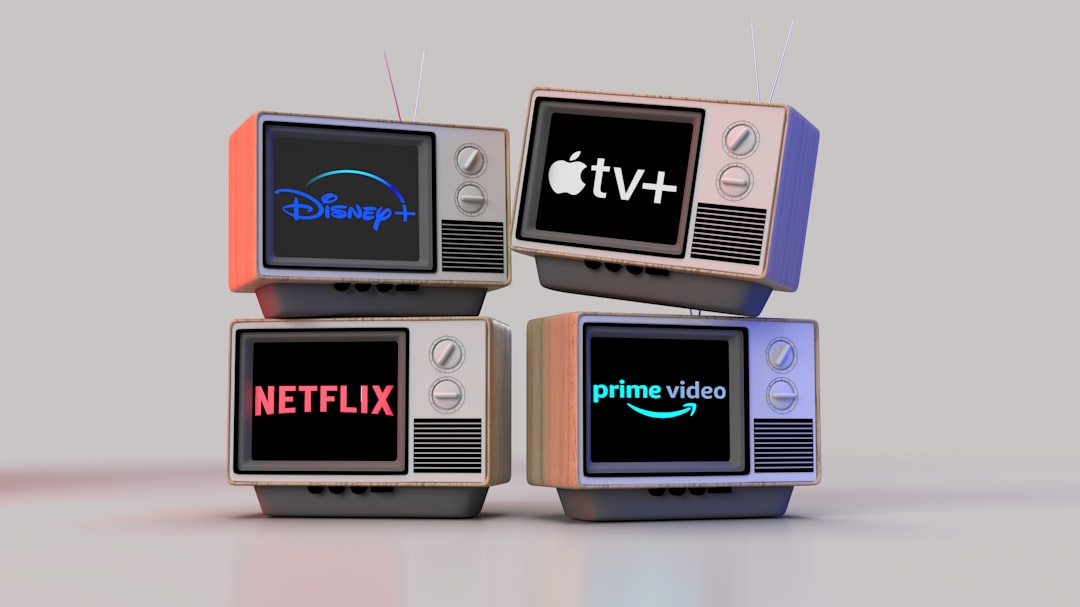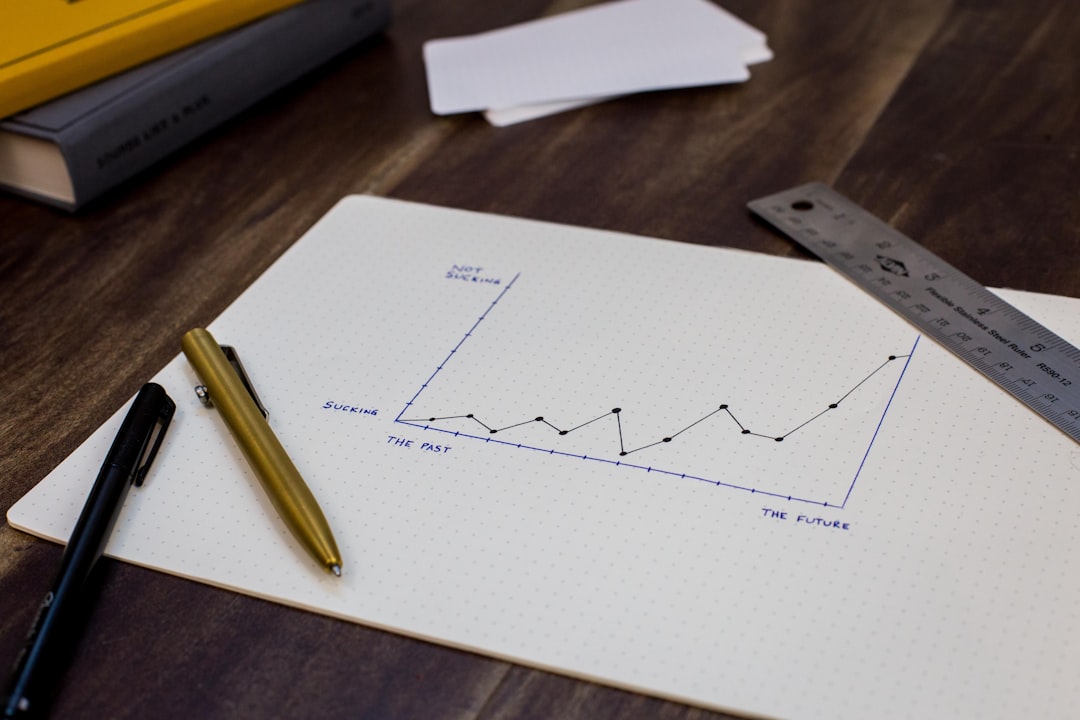The Internet of Things (IoT) is a revolutionary concept that has been changing the way we interact with technology in our everyday lives. With the ability to connect everyday objects to the internet, we are now able to have smarter and more efficient homes, workplaces, and cities. The possibilities with IoT seem endless, and it is truly revolutionizing the way we live.
IoT devices can be found in almost every aspect of our lives, from smart thermostats and light bulbs to wearable fitness trackers and connected cars. These devices are designed to make our lives easier, more convenient, and more connected. In this blog post, we will explore some of the ways IoT is being used in everyday life and how it is shaping the future of technology.
One of the most common uses of IoT devices in everyday life is in the home. Smart home devices such as thermostats, light bulbs, door locks, and security cameras allow homeowners to control and monitor their homes from anywhere in the world. For example, a smart thermostat can learn your schedule and adjust the temperature of your home accordingly, saving you money on energy bills. Smart light bulbs can be controlled with a smartphone or voice assistant, allowing you to turn lights on and off or change the color and brightness with a simple voice command.
IoT devices are also making their way into the workplace, with smart office buildings incorporating sensors to monitor energy usage, occupancy levels, and air quality. These sensors can help companies reduce operational costs, improve productivity, and create a more comfortable working environment for employees. For example, sensors can adjust the lighting and temperature in a conference room based on occupancy, saving energy when the room is not in use.
Another area where IoT is making a big impact is in healthcare. Wearable fitness trackers and smart health monitors are becoming increasingly popular, allowing individuals to track their activity levels, heart rate, sleep patterns, and more. These devices can provide valuable insights into a person’s overall health and wellness, helping them make informed decisions about their lifestyle choices.
IoT is also being used to create smart cities, where interconnected devices and sensors are used to monitor and manage various aspects of urban life, such as traffic flow, waste management, and public safety. For example, smart traffic lights can adjust their timing based on real-time traffic data to reduce congestion and improve traffic flow. Smart waste management systems can optimize collection routes and schedules, reducing costs and improving efficiency. And smart security cameras can alert authorities to potential threats in real-time, helping to keep citizens safe.
While IoT offers many benefits and conveniences, it also raises concerns about privacy and security. With more devices connected to the internet, there is a greater risk of data breaches and hacking. It is important for consumers and businesses to be aware of these risks and take appropriate measures to protect their data and devices.
In conclusion, the Internet of Things is transforming the way we live, work, and interact with the world around us. From smart homes and offices to connected cars and healthcare devices, IoT is revolutionizing technology and creating a more connected and efficient world. As we continue to explore the possibilities of IoT in everyday life, it is important to embrace this new technology while also being mindful of the potential risks it poses. By taking steps to protect our data and devices, we can enjoy the many benefits that IoT has to offer while minimizing the potential drawbacks.









